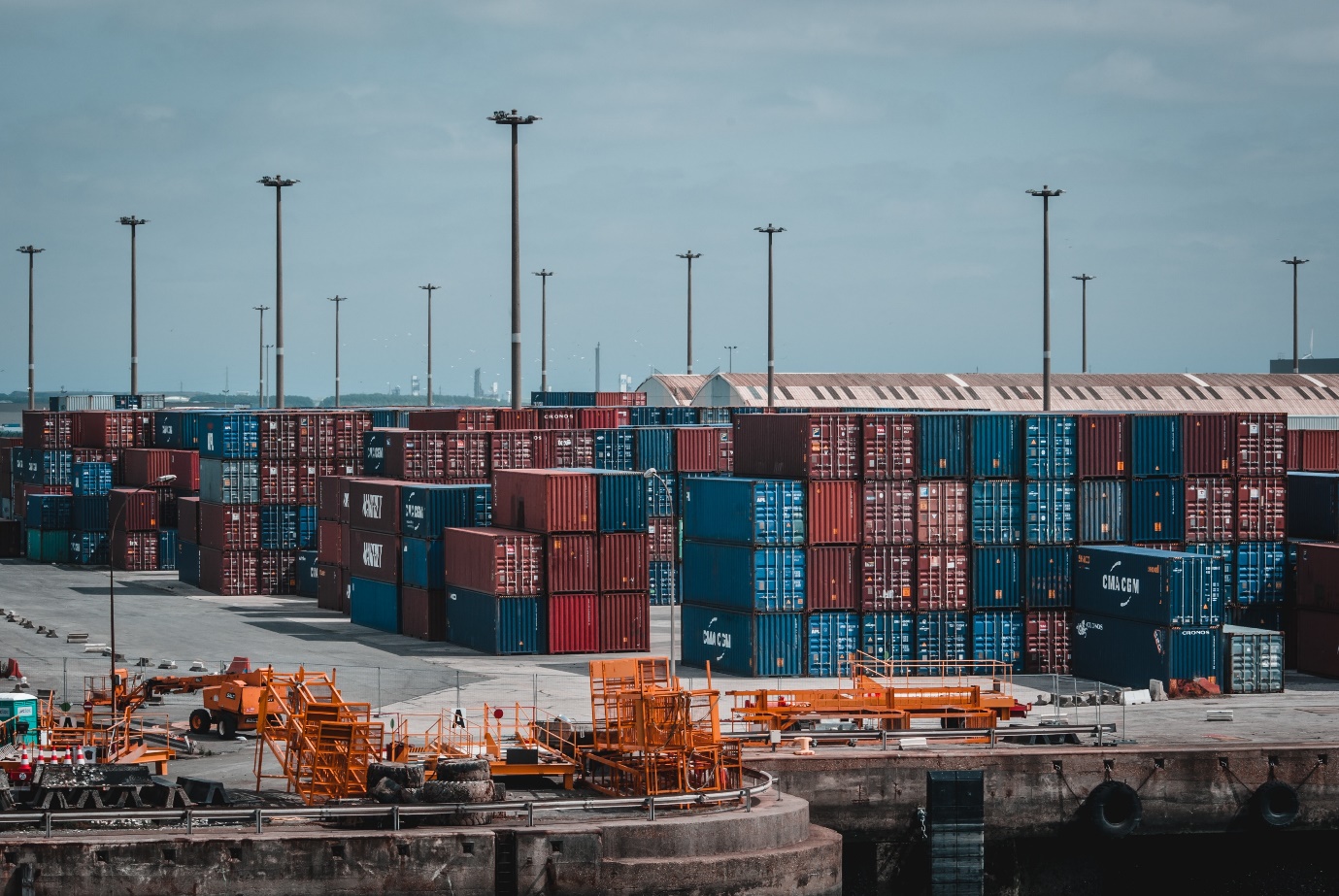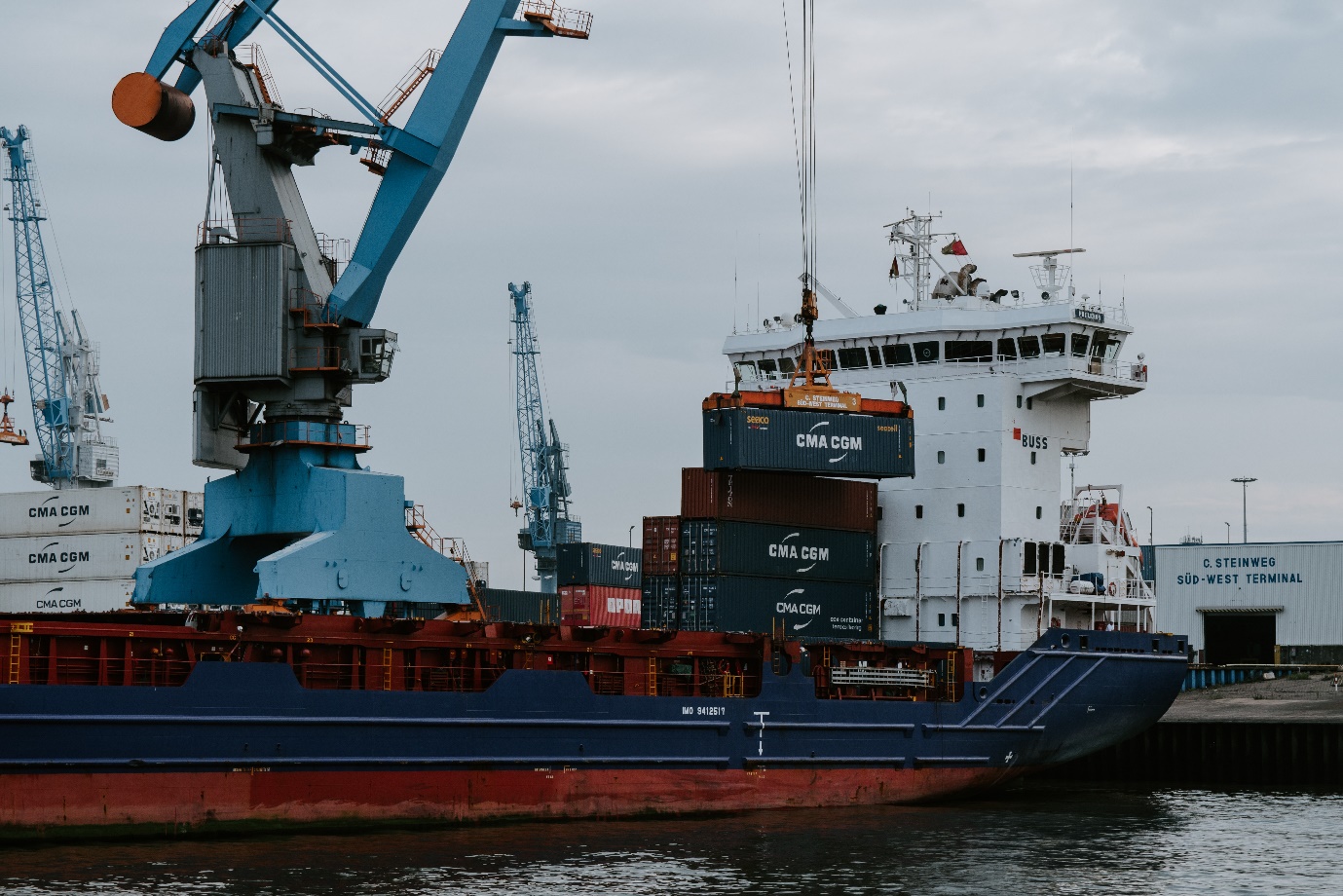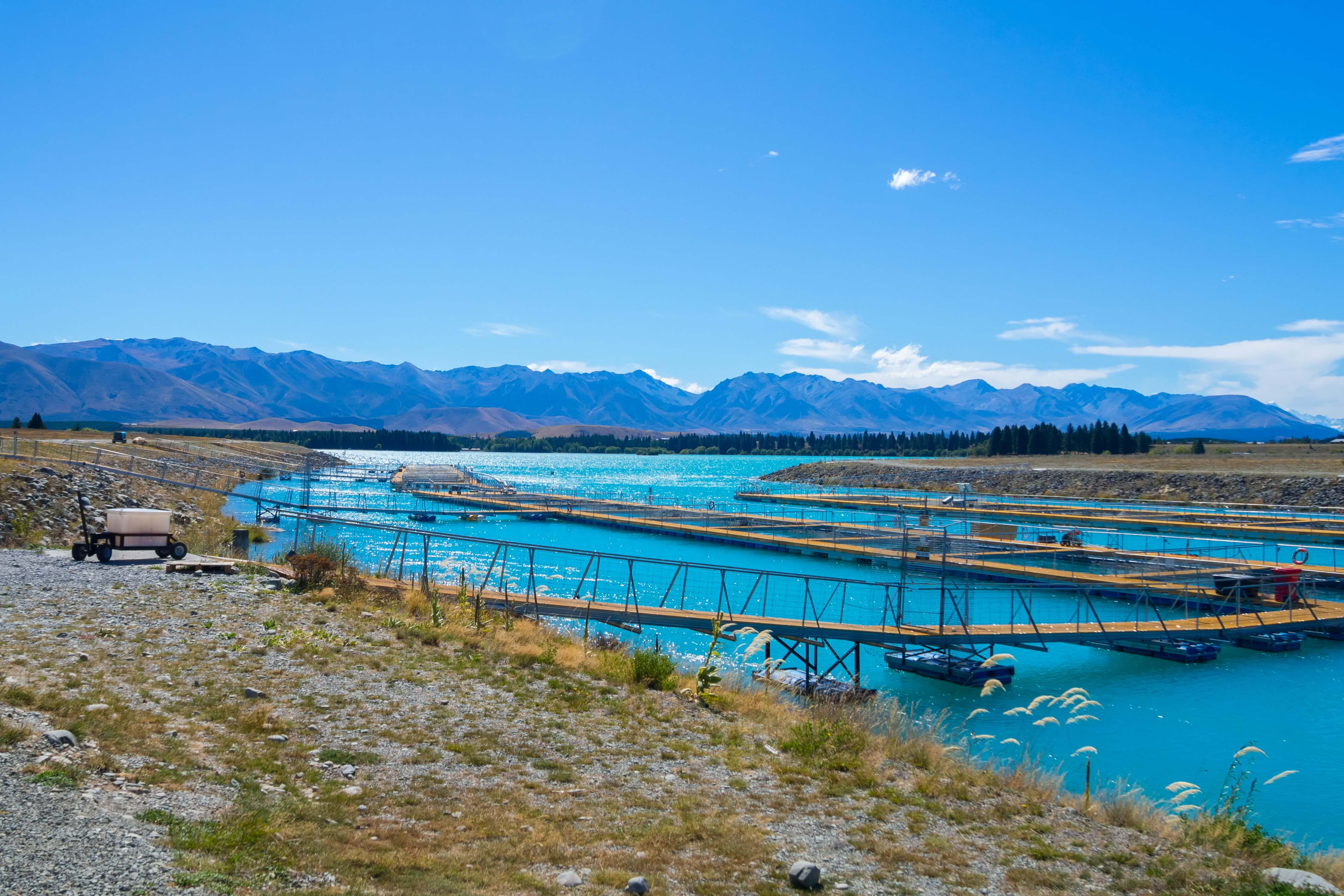The logistics sector is booming, as more and more entrepreneurs launch online businesses, and the industry has spawned many terms that are used to describe processes and applications. In order to help you gain a better understanding of the logistics industry, here is a list of common terms.
Essential Logistics Terminology Every Entrepreneur Should Know:
Order Fulfilment
When a customer fills their online shopping cart and heads for the checkout, they then select a payment method, and after that, the order now has to be fulfilled. Order fulfillment includes picking, packing and transporting the items to the buyer’s address. If you would like to outsource your order fulfillment, check out the 3PL logistics service by TIFS, a leading Australian company that can supply a tailored solution to your business.
3PL
This term means Third Party Logistics, which is a company that is set up to provide picking, packing & delivery services to their clients. If, for example, an online retailer is experiencing growth, they will soon reach the point where they struggle to fulfill orders, and that’s where the 3PL provider comes in.
Cargo Manifest
A list of all the items that are included in a shipment, the cargo manifest does not contain any information about cost, and every agent that handles a consignment would see the cargo manifest at some point.
Carrie
A company or organization that moves freight from one location to another; a single shipment might involve 3 or 4 carriers, using the road, rail, and air transportation to ensure that the delivery arrives on time.
Customs Clearance
This set of papers means the cargo can now be released by the customs people and the carrier can take it on the next stage of the journey. While the officials do their best to clear freight, some ports of entry are extremely busy and clearance can take a while.
Customs Duty
This is a fee levied by a government on imported goods, with every category having its own duty rate, and once the duty is paid, the consignment can be cleared for release to the carrier.
ETA
Estimated Time of Arrival, which is often used when a person wishes to know the expected date and time of the delivery of goods. This is always found in email correspondence, and a client might ask the freight company for an ETA on their goods.
Full Container Load
FCL means the container is full, either by volume or weight.
Gross Weight
This is the combined weight of the goods, packing material and the container.
Net Weight:
The weight of the goods only, with every other item, removed.
If you run an online retail business, order fulfillment will always be on your mind, and by talking to a local third-party logistics provider, you can outsource this critical element of your business to a professional who has both the know-how and the resources to ensure that your customers receive their orders in a prompt and professional manner. The 3PL company can tailor their services to suit the client, and some businesses use a 3PL provider during the busy time of the year, while others totally rely on their services.
Read Also:
























